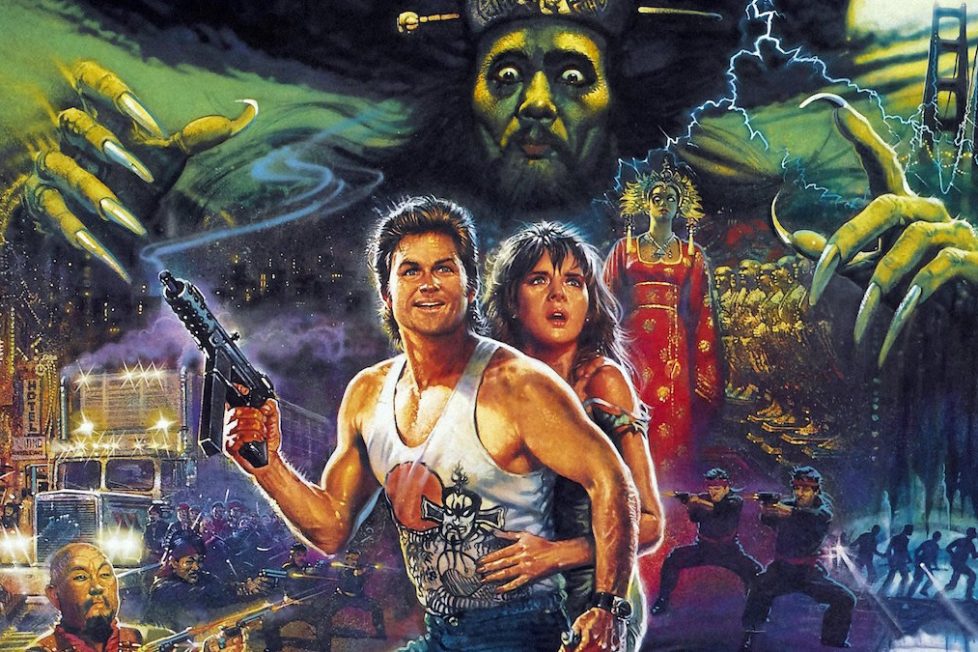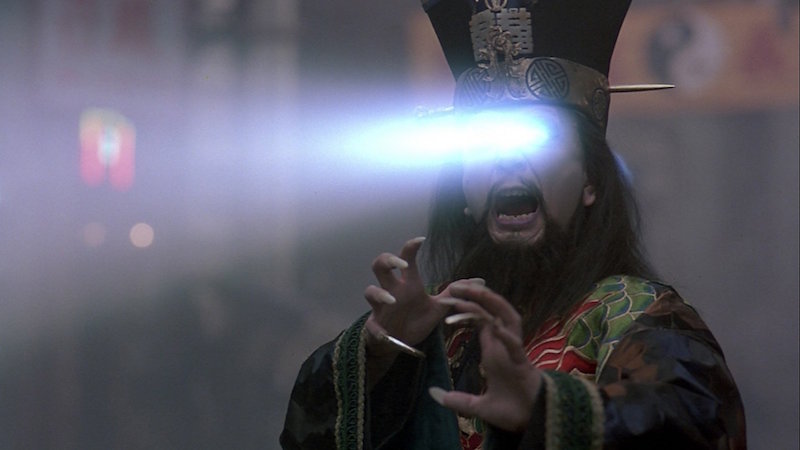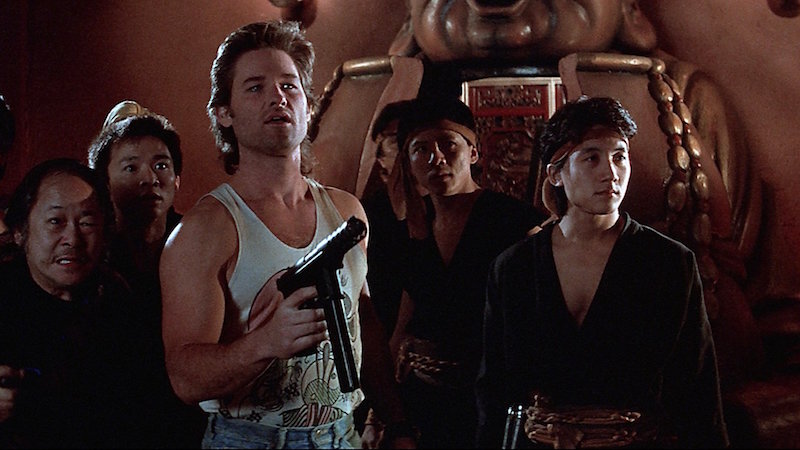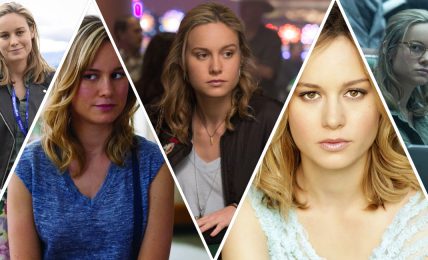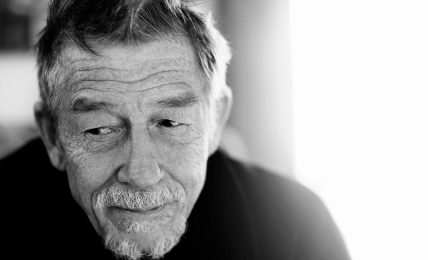30 Years On: BIG TROUBLE IN LITTLE CHINA
John Carpenter's BIG TROUBLE IN LITTLE CHINA was released across the US on this day, 30 years ago. To celebrate, we've investigated the origins of this flop summer movie from 1987 that became a cult favourite...
